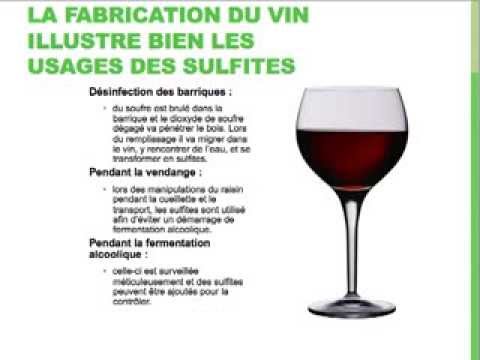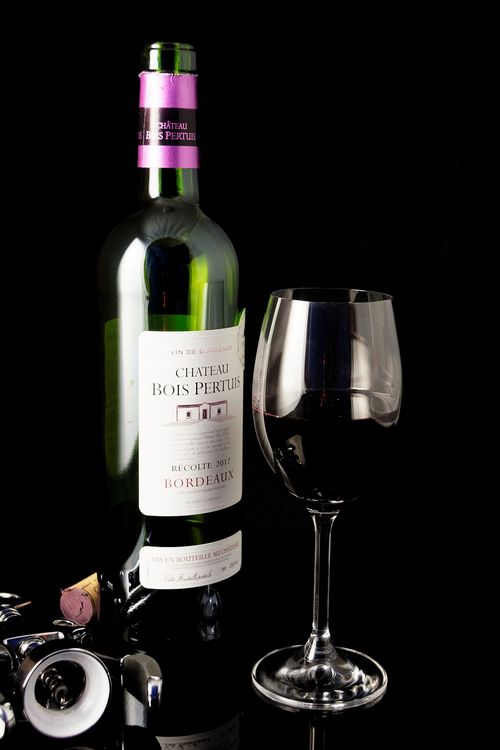
Sulfites, sometimes known as sulfinic acid, are organic compounds containing the sulfate mineral. They occur naturally in many food sources, from black tea, nuts, garlic, and fermented foods to strawberries, wine, and some meats. Sulfuric acids are frequently used as a preservative by most foods. They can also be found in raw fruits and vegetables.
Wines are prepared in several ways. Some are directly aged in oak barrels, while others are aged in cool storage rooms or warehouses. The purpose of the aging is to slow down the oxidation of the sugars or starches, and in this way, the wines become very slow and mellow. Aged wines are often more flavorful and fruity. It’s a common practice in French cooking to add a drop of sherry vinegar to white wines with the intent to preserve the white coloring.
Aging your wine depends on how sulfite levels are affecting the color. Aged white wines are the best to use as the sulfites will preserve the color, but if you use a sulfite free white it will result in an alcoholic drink. Aging wine will alter its tannins and body, adding a fuller body. Aging your wine will also alter the amount of the acidity, which in turn alters the flavor and aroma. Aging also affects the price of the wine.
There are some wines that are less susceptible to sulfites than others. The best wine to use is actually one that is not aged at all, as it contains the least amount of sulfites. Some people believe that wines like Chardonnays and red wines such as Riesling and Pinot Noir are the ones that have the lowest level of sulfites. This may not be the case; it’s just a general rule of thumb. Also, aged wines that are not used for consumption need to be aged for a minimum of three years before they can be re-fermented or re-corked.
Aging your wine will help you control sulfite levels so that you can enjoy the wine when you buy it from your favorite retailer. You might even find that buying your wine from the store and age it yourself will give you better quality wines. than you could from the store because you will know what the wines are made of and whether or not the fermentation has taken place. before it has aged the wine.
If you are not an avid drinker of red wines, it’s also a good idea to take note of how sulfites in wine affect the first time you try them. The best wines are those that do not leave any aftertaste or aftertastes after a few days.
A great way to determine what type of sulfites in wine affects you the most is to determine how they change in color. Red wines tend to fade faster than green, but some red wines actually lighten in color with age and seem to take on a pinkish color.

Green wines tend to lighten more slowly than the other colors.
There are a few simple ways to avoid sulfites in wine and to avoid them the most. Avoid eating foods high in sulfur content, especially the ones that can be fried, baked, broiled, deep fried, smoked, etc. Avoiding or reducing consumption of foods that are prepared with these foods will help you avoid having problems with sulfites in wine. Use a sulfite-free wine and always, especially if you are not a regular drinker of red wines, make sure that the wine has been bottled with a sulfite resistant yeast.
While some people believe that red wines should always be aged a certain amount of time, many red wines are actually better when they are not aged at all. Some of the reasons why these reds are better are, because the flavors come out more fully when the wines are young and they are easier to enjoy than wines that are aging. When you are looking to purchase a wine that is going to go well with another wine, you can either get a red that is older than it is or pick one that is younger, but it does not have to be that old.
When purchasing a wine that has a high sulfite content, you should be aware of the fact that the color of the red wine may not always be the same as that of the wine that is older. Most red wines are more pink in color than white wines are. When purchasing a red, you can usually tell by checking the bottle to see if there is a sulfite in the wine or not.
You might also want to consider purchasing a wine that is more expensive than the red wine. because they have more tannin in them, this will decrease the amount of sulfites in red wines. However, if you can’t afford the more expensive wine, a cheaper wine may still have less sulfites in it.